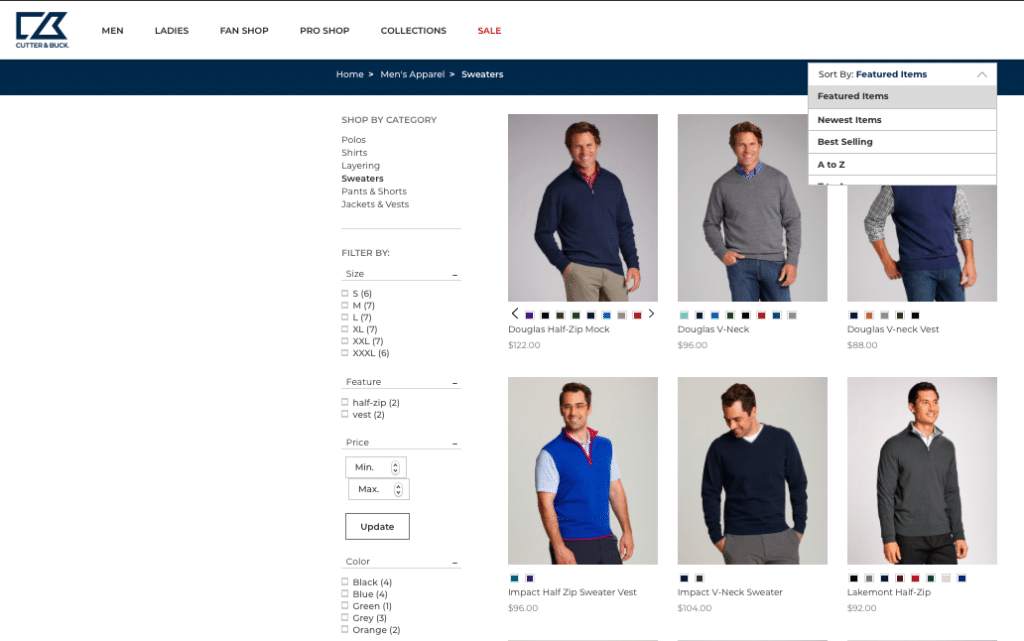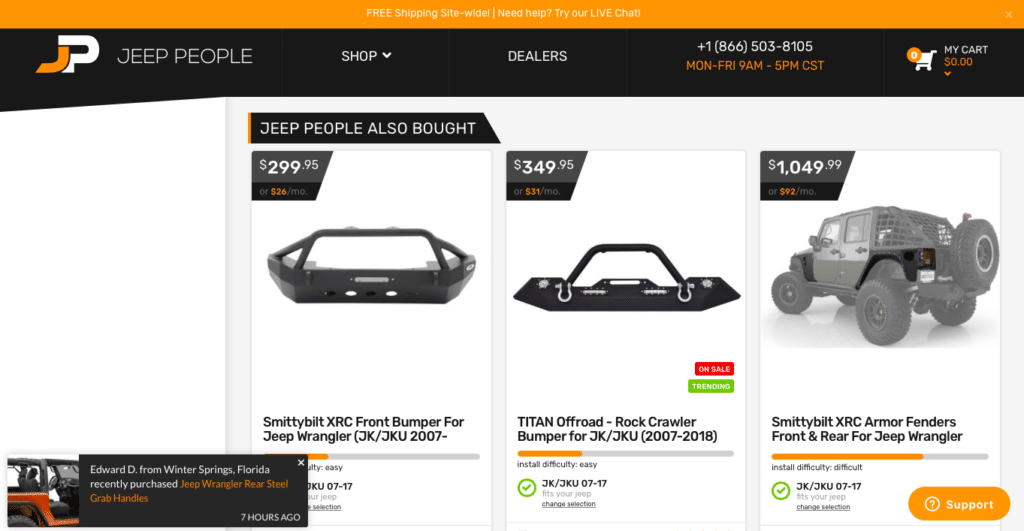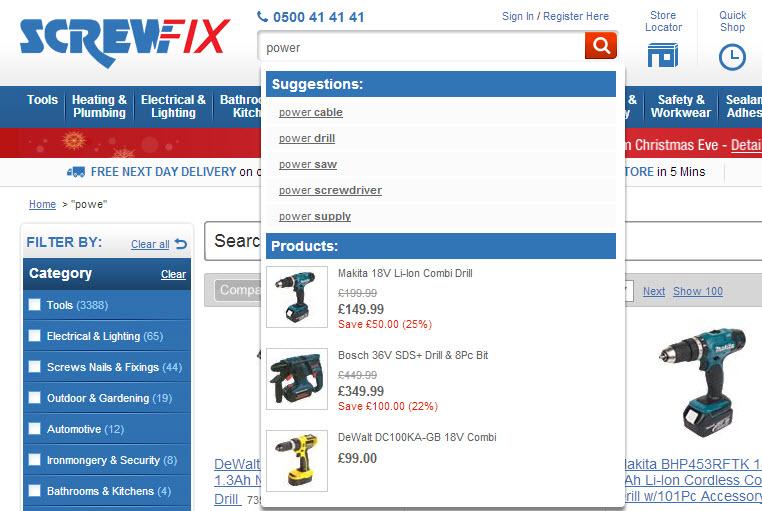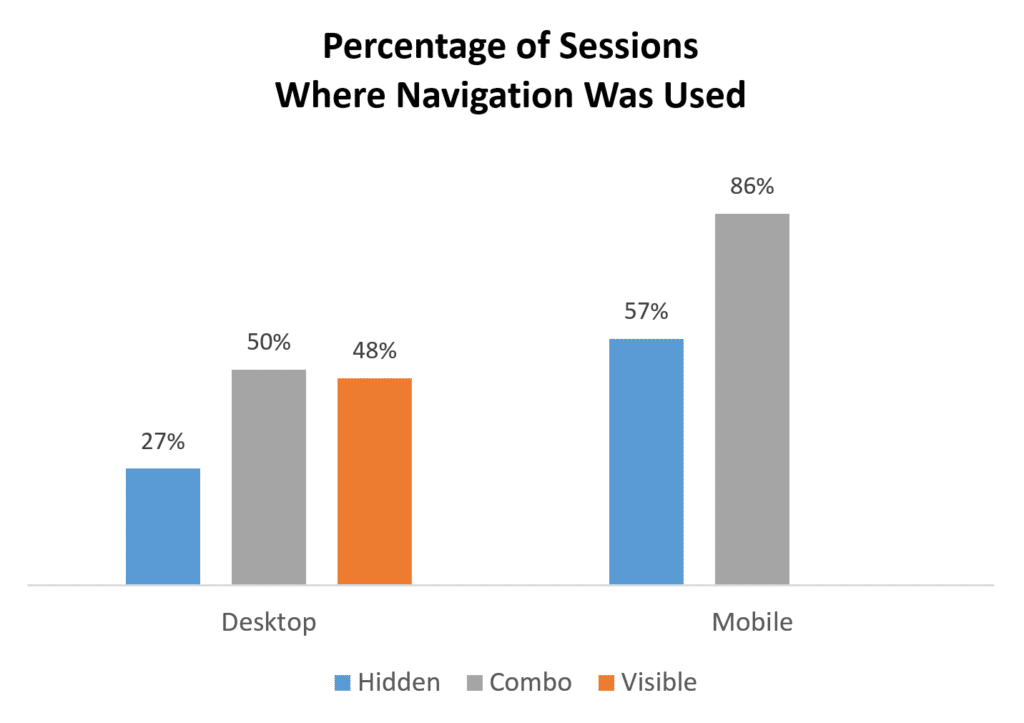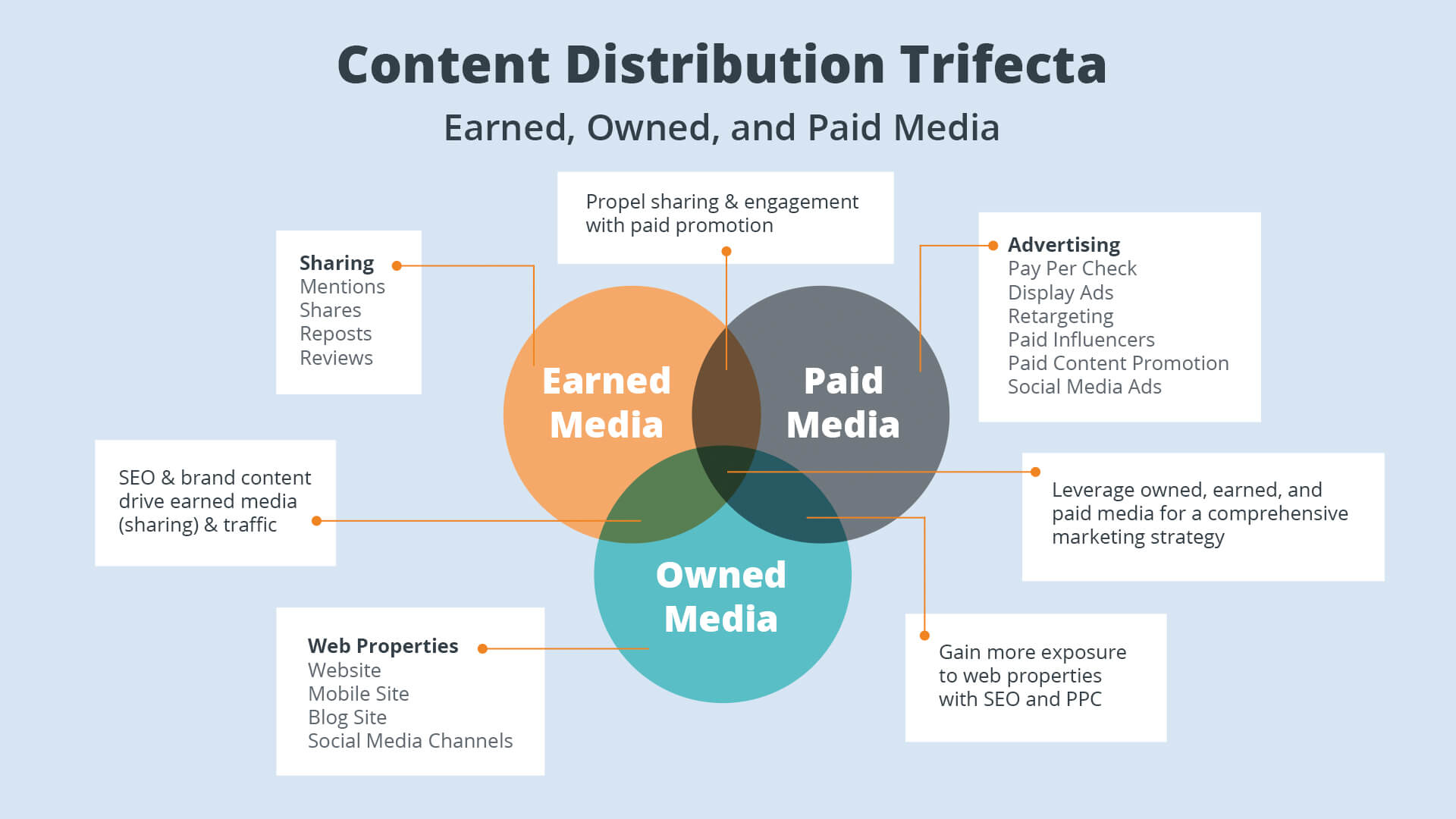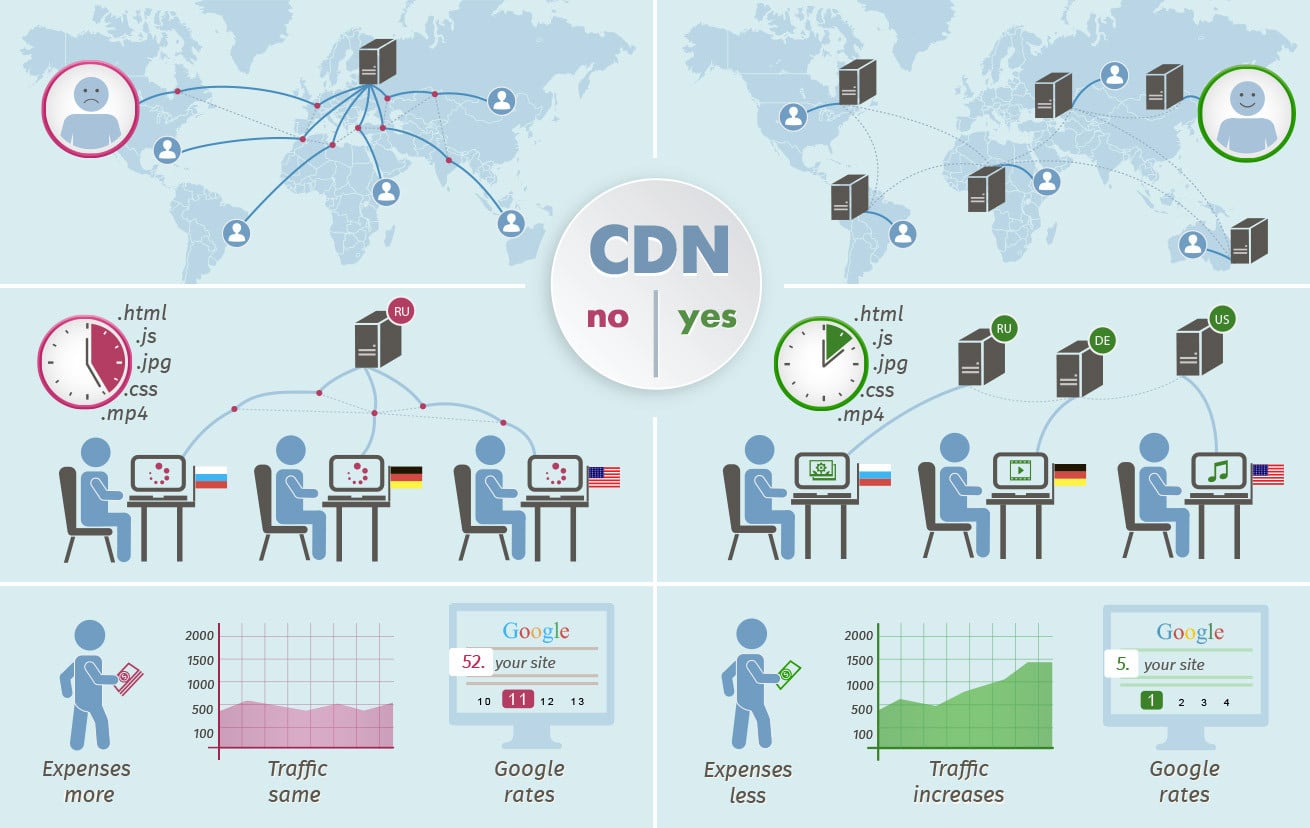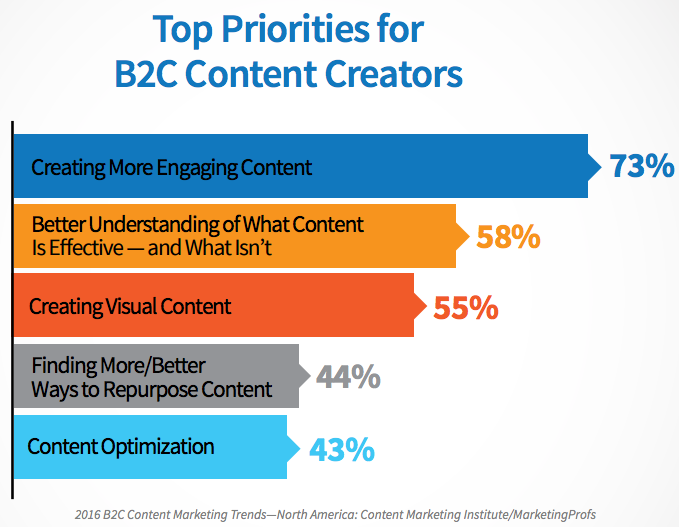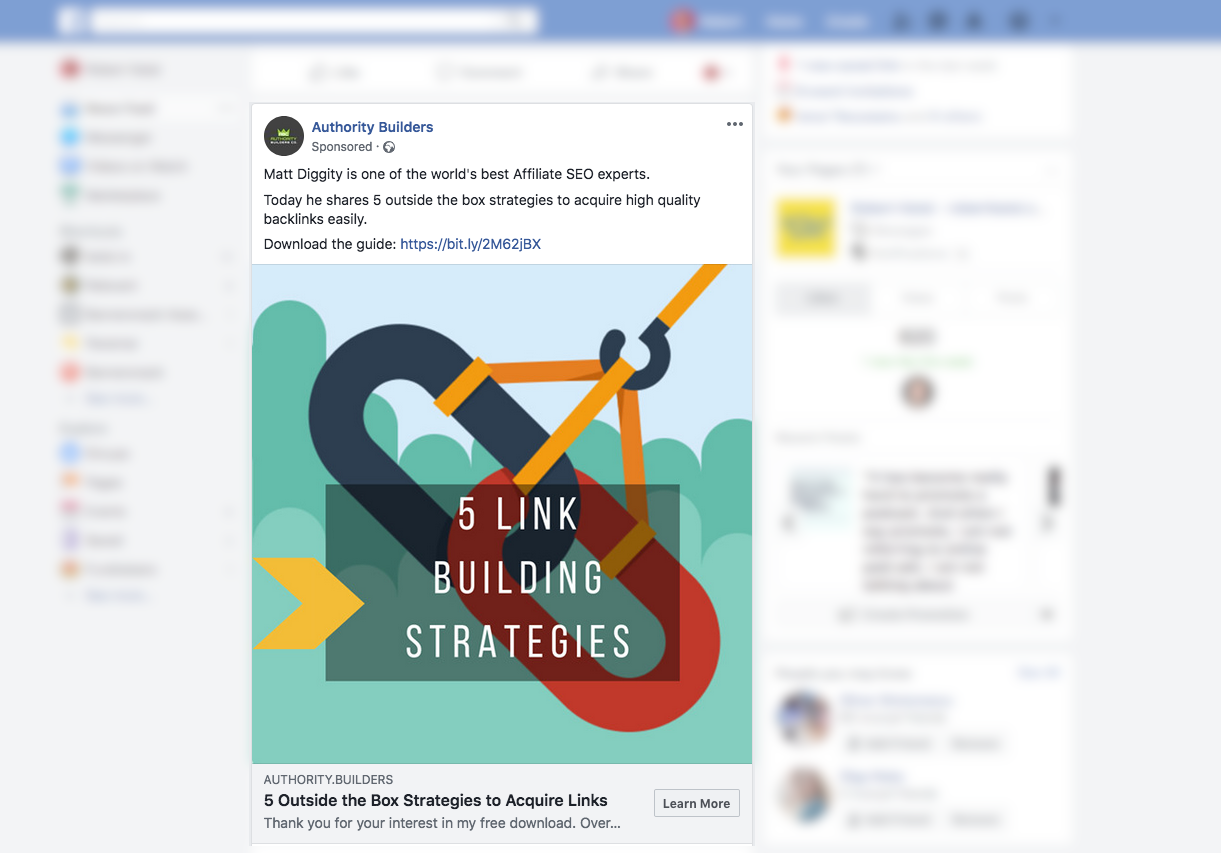This article was contributed by Kim Burmester, the Vice President of Sales & Marketing for ATLAS Workbase, a coworking and shared office space in Seattle.
—
Do you ever feel like those cubicle walls surrounding you are more than just a physical barrier?
Do you ever think that if you were to get rid of them you’d feel a lot more free?
Those walls act as much more than just separation from you and your coworkers, they can be mental blockers as well.
I can speak from personal experience when I say that a coworking space fuels creativity and collaboration, while a dull old office full of cubicles simply contains everyone’s individual thoughts and feelings to themselves.
Blocked: Literally and Figuratively

When you’re cooped up all day in a little box of a cubicle staring at another little box of a computer, the juices can stop flowing quite quickly. With nothing in sight but those incessantly grey walls and no way out, I often found myself at a loss for words, a loss of motivation, and even sometimes a loss of happiness due to the environment I worked in.
An office seemed to me to be designed around one thing, productivity, but that productivity is individual productivity, siphoned and sectioned off to be bits and pieces of the puzzle being completed separate of each other.
In a coworking space, you can collaborate with your coworkers using comfortable meeting spaces, incredible technologies, and you can often enjoy a snack while you’re at it too.
This is why I believe coworking spaces to be superior to your everyday office, because they truly provide an environment that condones, rewards, and respects productivity and collaboration, even if it’s outside of your own company.
What Is A Coworking Space?
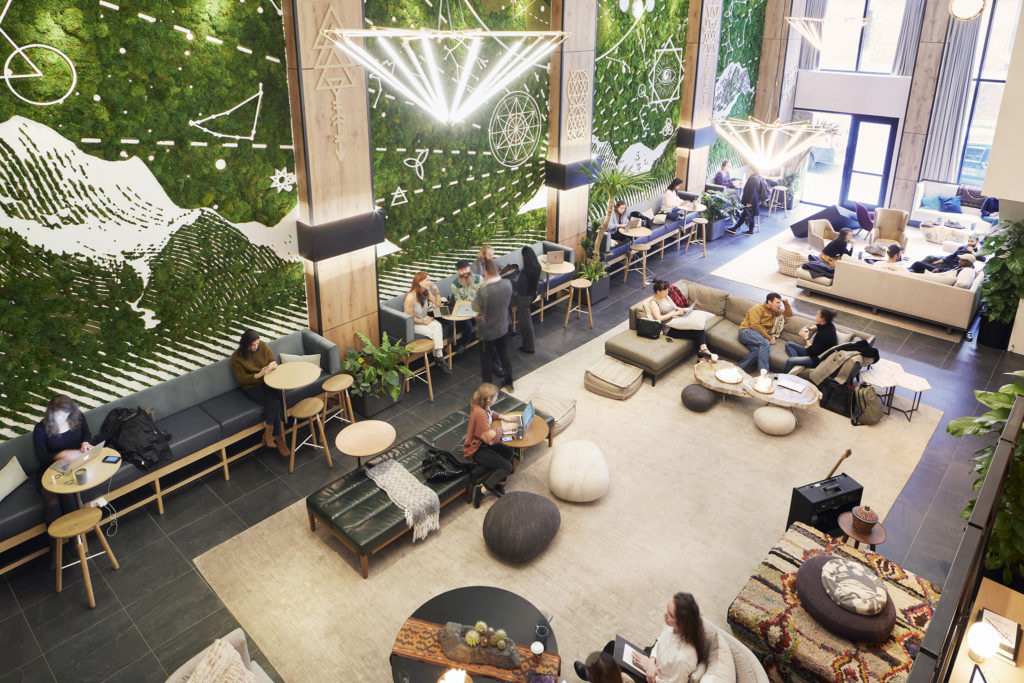
Briefly, I want to touch on what a coworking space is, for anyone who may not be familiar with this incredible way to work. Coworking spaces are usually open offices with lots of comfortable furniture, brand-new technologies, and many hungry go-getters chasing their dreams.
The true difference that lies between an office and a coworking space is the ownership, as often times a company will buy or lease an office for their employees to work out of, but with a coworking space, the entirety of the space is shared between whomever is a member of the space.
No one has designated areas, no one has to stay in one spot for 8 hours, no one has to hear some loud phone call or meeting going on in the next room, and most importantly, no one has to work alone. Of course, you CAN do that, if you’d like!
Collaboration is Key: The Biggest Benefit to Coworking

While it’s obvious that working together with people within your company will be easier when there aren’t literal physical barriers in the way, the collaborative effort I am referring to here is something just a little different than that.
As I’ve said before, a coworking space is often filled to the brim with hungry go-getters that have just started a business, just joined a business, or are looking for people who have just started businesses as mentees or partners. This should immediately put the idea into your mind that cross-business collaboration is key.
Having other driven individuals around you at almost all times throughout your work day does wonders for motivation, but even more so it can provide connections that you absolutely would not have working in a one-company office.
Think about what your company does.
Think about all the third parties involved, any outsourcing, all the scrambling done for connections to successful people, and then take a mental step back.
Now, imagine your company in a coworking space. Say you need a logo designed for your client, but you don’t do graphic design. Coming out of the kitchen is another member of the coworking space who works for another company as their graphic designer, and you ask if you could get a draft of a logo for a client. Simple as that.
No more searching all around for the right people to do the right things for you, because chances are they’re right there in the room with you, and if not, someone in that room knows someone you should get in contact with.
That is the beauty of the coworking space. Connections. Collaboration. Creativity.
It all goes hand in hand, as when you have more opportunity and more space, you do more with it. But what makes the difference in creativity between a regular old office and a fancy new coworking space? I’ll tell you.
The Creativity Factor – What Makes Coworking Spaces Better

Creativity has always been one of the most abstract and obscure concepts to me, as it can manifest itself in an infinite number of ways. In the same sense, creativity can be blocked in an infinite number of ways that seem just as indecipherable. So what are the ways to get creative, you ask? How does one jumpstart their creativity engine and begin roaring down the highway of productivity?
First, you must relieve yourself of all barriers, both mental and physical. As someone who enjoys writing, not just for business purposes, I often try to take the time to write creatively if I can. My experience doing so in an office, all while trying to avoid real work, proved to me why offices are not creative spaces. If all I can see when I look around is cubicle walls, I will not be creative. What I write will be terrible, uninspired, disconnected nonsense coming from trying to force something on to the page.
Instead, if I can look away from my computer to see outside the windows at a sunny California day or a gloomy Seattle afternoon, or if I can look up to talk to one of my fellow coworkers, or even just stare 100 feet off into the distance as I think about what’s going on in my mind and what I want to write, the creative juices begin to flow.
I am reminded of authors like Hawthorne and Hemingway when I think about this creative process, as these legends often wrote their best works when they were able to look up from their pages, see the world from a window, and contemplate what it means to them. The same goes for creativity in business and coworking because there is no perfect fix, there is no perfect jumpstart, but the right environment can produce unbelievably positive results.
My Experience in An Office Versus a Coworking Space

To pit my own personal experiences against one another, I know for a fact that my writing improved in both quality and quantity once I started working in a coworking space.
The energy, the environment, the other people, and of course, the food, all propelled me into a heightened state of creativity where everything I looked at brought with it new ideas. I went from churning out maybe one creative piece a week to 3-5 in a week, and they were all better than the last.
Now, the counterargument can be made that any simple change of environment will revitalize the mind and body and start the creative process anew, and while I agree with that, I do not believe that any simple change of location will have you writing your best works right off the bat.
The reason a coworking space is one of these special locations that instills and inspires creativity is because of the people around you: the motivated, driven individuals who are working hard every day to get their businesses up and running.
When I see that, I feel inspiration. I see new opportunities I didn’t before, I gain confidence in myself and in my work and I begin to flourish in a new way that a closed-up office space never provided for me. Working with and around others who love what they do and are passionate about making positive changes in their field is the true way to spark creativity, and it’s pretty much foolproof.
If you don’t believe me, I encourage you to try it for yourself. Don’t go to your local coffee shop, don’t go sit in the library, and definitely don’t just lock yourself in your room alone trying to force content out of yourself, because that will only make matters worse.
Go to your local coworking space, ask if they do a free one day pass or trial of any kind, and go experience what it is that I am describing to you. The energy in the room. It doesn’t feel like any normal office, where everyone’s patiently waiting around and counting down the seconds until 5 PM.
That’s because every single person in those rooms wants to be there, because they are excited about what they do, and they see the impacts it makes with their clients, with themselves, or both. People leave when they want, arrive when they want, work where they want and next to who they want to, and all of these pieces come together in extraordinary fashion.
Why This Creative Difference Matters

In summation, it is tough to see the benefits of working in these outdated and overused office spaces when there are options such as the coworking space that will inspire and drive you to work harder, smarter, and better than you have where you are now. It is also tough to see the benefits of a coworking space when you have been stuck in the ways of the office space for your entire working life, and that is precisely why I highly recommend checking out a local coworking space near you.
Nothing will explain it like being there to witness it.
The world of startups and the internet has coworking spaces all over the world hustling and bustling back and forth as driven businesswomen and businessmen chase their dreams, inspiring many who look on to do the same. I have been lucky to be a part of a coworking space for many years now that has kept me inspired and led me to do some inspiring as well, which feels just as good if not better.
What I see as the main difference between offices and coworking spaces is the emphasis. Offices emphasize individuals, working alone, completing tasks individual of one another and then bringing each other finished products. Coworking spaces instead offer collaboration, openness, constructive criticism, inspiration, and much more all from the people around you that allow for much more success.
Creativity flows in coworking spaces, as pretty much everyone you work with or around will be brimming with new ideas to get businesses to flourish, and that is the stark creative difference between offices and coworking spaces.
In an office, creativity gets cut off by cubicle walls, stopping right where it started. Without those restrictions, creativity flows from person to person like the powerful energy that it is, taking hold of everyone uniquely and revitalizing their passion in a bright and positive way.
If you are having problems getting into a creative zone and staying there, or are struggling with creative ideas in any fashion, I can assure you that a coworking space will open up a part of your brain you probably haven’t felt in a while, especially if you’ve been working in an office for too long.
Co-Working Spaces Spark Energy & Creativity
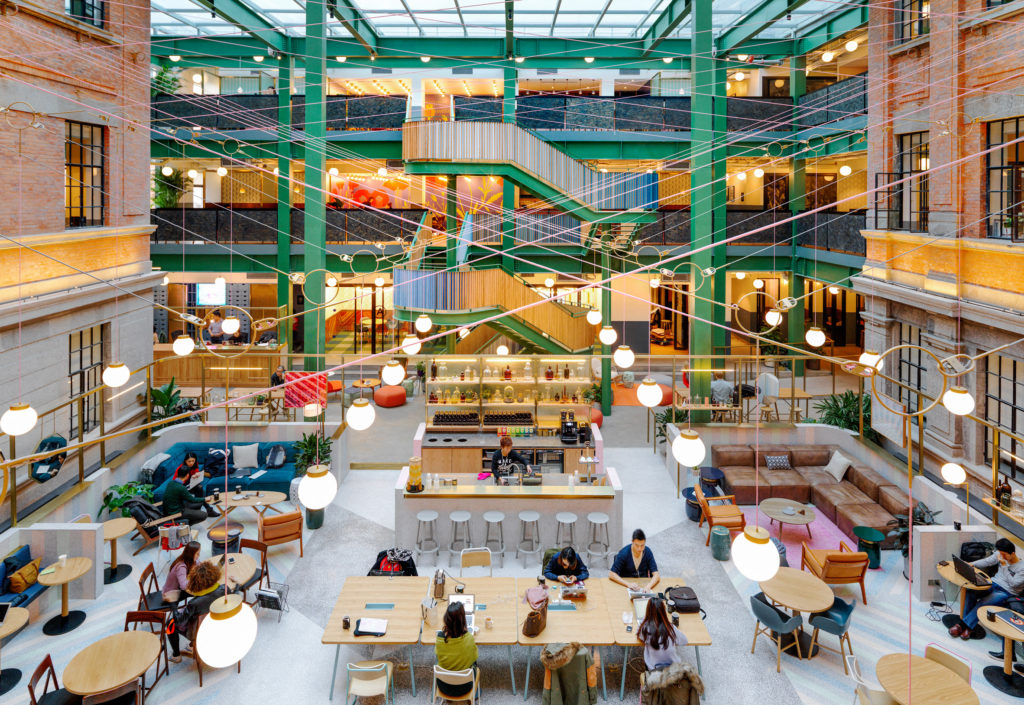
There truly is nothing like the energy you will find in a coworking space, and the connections you can make with the people there will allow for even more success than just the creativity spark coming back. That is just the beginning. Shifting your mind by shifting your location to a site teeming with a lively creative energy can’t possibly go wrong, and even if it can it’s worth a shot.
I know from personal experience, as do many of you, that offices are not meant to be wondrous, bright, creative and energetic places, but that is exactly how I would describe a coworking space. I have been able to more fully realize half-fulfilled ideas or plans, I have been able to connect with people whom I would’ve never had the opportunity to meet, and I have been able to be more creative and be rewarded more for that than ever before, all thanks to working in a coworking space.
What’s your experience like with coworking spaces vs an office? Tempted to go in to one after this? Let us know your thoughts!


